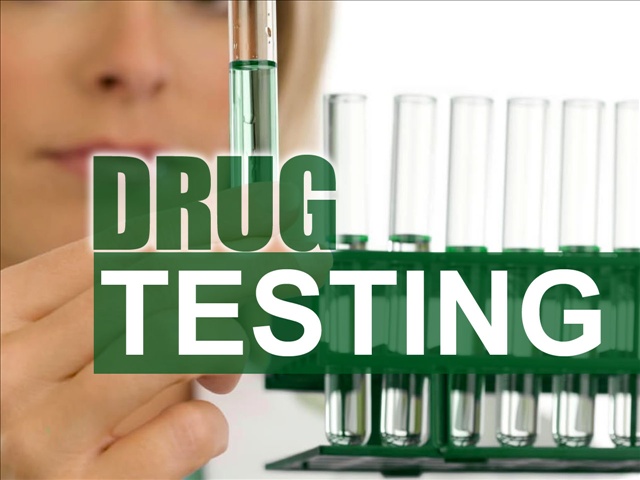The short answer is quite possibly.
Workplace drug testing is becoming more difficult with the legalization of recreational drugs and the sophistication of cheating the system. From alcohol to opioid misuse, there are five known ways to determine if your employees are using.
Here are the pros and cons of each method:
|
Biological |
Pros |
Cons |
|
Urine |
Non-invasive |
Easy to tamper |
|
|
The most often used test |
Can’t detect long-term drug use |
|
Hair |
Non-invasive |
Sporadic or recent drug use not detected |
|
|
Supervised |
Not valid for alcohol use |
|
|
Detects long-term drug use |
Processing samples are expensive and time-consuming |
|
|
Hair dyes do not alter results |
False positives can be high |
|
Saliva |
Non-invasive |
Small sample size |
|
|
Supervised |
Short window of detection |
|
Blood |
Can obtain samples on incapacitated persons |
Invasive process and requires trained personnel |
|
|
Detects recent drug or alcohol use |
Short detection window |
|
Sweat |
Non-invasive |
Few facilities can analyze results |
|
|
Can detect recent and continued drug use |
A limited number of drugs it can detect |
3 Ways Employees Try to Beat Drug Tests
Urine collection is often performed unobserved due to privacy concerns. Therefore, urine samples are most amenable to manipulation in the following ways:
- Substitution
Test-takers substitute their urine with synthetic urine or drug-free urine from another person or an animal. - Dilution
Dilution of urine samples takes many forms. For example, water or other liquids may be added to the collected sample to dilute it. Alternatively, test-takers may drink lots of water or consume products marketed as detox drinks that claim to rid the body of drugs anywhere from a few hours to a few days before sample collection. - Adulteration
In vitro adulteration involves adding substances to urine after sample collection that will interfere with the test results. A slew of adulterants, including household substances (vinegar, detergent, bleach, iodine, isopropyl alcohol, and eye drops), food items (lemon juice and soda), and commercially available chemicals (nitrite, glutaraldehyde, and pyridinium chlorochromate), are regularly used to cheat a drug test. These substances may interfere with the detection of some but not all drugs on the test panel.
The changing landscape of drug test cheating
Positive results on workplace drug testing continue to rise in specific sectors such as transportation and construction. In addition, the widening chasm between the legalization of marijuana in several states and federal drug-free workplace policies may further spur cheating on drug tests. As the sale of drug-free urine is being banned in some states and several states have pending legislation that would ban the use and sale of synthetic urine, ways to obfuscate drug tests get ever-more creative (e.g., powdered urine kits and home remedies like washing hair three to four times a day with vinegar and salicylic acid). As such, detection methods ultimately end up playing catch-up with the deviousness of drug test cheats.
We offer Drug-Free Workplace Training and Policy Writing
In Ohio, the Ohio Bureau of Workers’ Compensation offers employers Workers’ Comp premium incentives to maintain a drug-free workplace. In addition, we provide training to help craft the best policies to keep your workplace drug-free. Give us a call at 330-255-1101 for more information.

